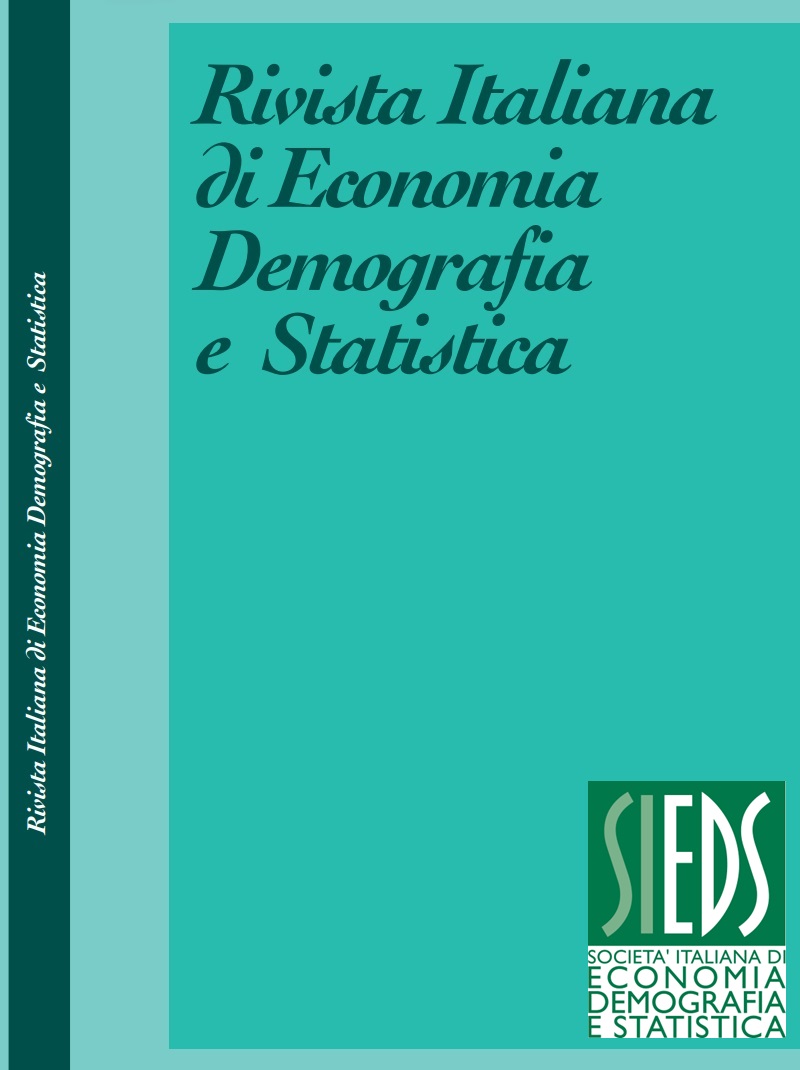Discovering inner rural areas, perspectives and limits of continuous censuses
Abstract
The National Strategy for Inner Areas (SNAI) represents an innovative national policy of territorial development and cohesion and a decisive priority for development for the socio-economic recovery of the country and the Inner Areas. In these areas, the agricultural sector plays a central role, as an economic opportunity and for the value of care and protection of the environment. SNAI is strictly linked to NSP Policies. In this study, we have made a merge between Inner Areas (IA) and D-Areas of NSP: 1,327 municipalities could receive funds both for the Inner Areas and for NSP (D Areas - rural areas with comprehensive development problems.) strategies.
The new economic and financial context requires the diversification of production system. For the Agricultural sector diversification means multifunctionality, in terms of production of secondary goods and services of various kinds, together with the production of goods for human and animal consumption, to diversifying income and avoiding risk factors.
The aim of this study is to represent the definitional complexity of multifunctionality and synthesize it in such a way as to express, at the territorial level, the resilience of farms.
For this goal, we define a theorical model starting from the identification of available data sources (Agricultural census 2020 and IACS) the identification of three Pillars, starting from a previous work (Greco et al., 2013), in which five conceptual areas or domains (pillars) were considered: 1) landscape protection, 2) diversification of activities, 3) environment, 4) food quality and 5) land protection. To measure the multifunctionality of IA, we focus on domains two and four. The first, because it expresses a different disarticulation in the productive factors and in the production of a more varied output, the second because it allows to bring out specificity the development of rural tourism. Besides, we added a new pillar, Rural tourism support, as spur for the agricultural productivity by promoting the production, use and sale of local production in tourist destinations and its full integration in the tourism value chain. The study identifies a set of 31 indicators useful for the computation of these phenomena, keeping in mind the opportunity given by the continuous Agriculture census (from 2023) data source, to allow the analysis of trends and analyzes the weight of farms on tourism potential. Thanks to the presence of a unique code, the integration with the administrative data added new important variable at the census results. The outcome provides a tool for the monitoring of Inner Areas with a view to assessment of the resilience of territories.
Downloads
Published
Issue
Section
License
Copyright (c) 2023 Antonella Bianchino, Daniela Fusco, Paola Giordano

This work is licensed under a Creative Commons Attribution 4.0 International License.



